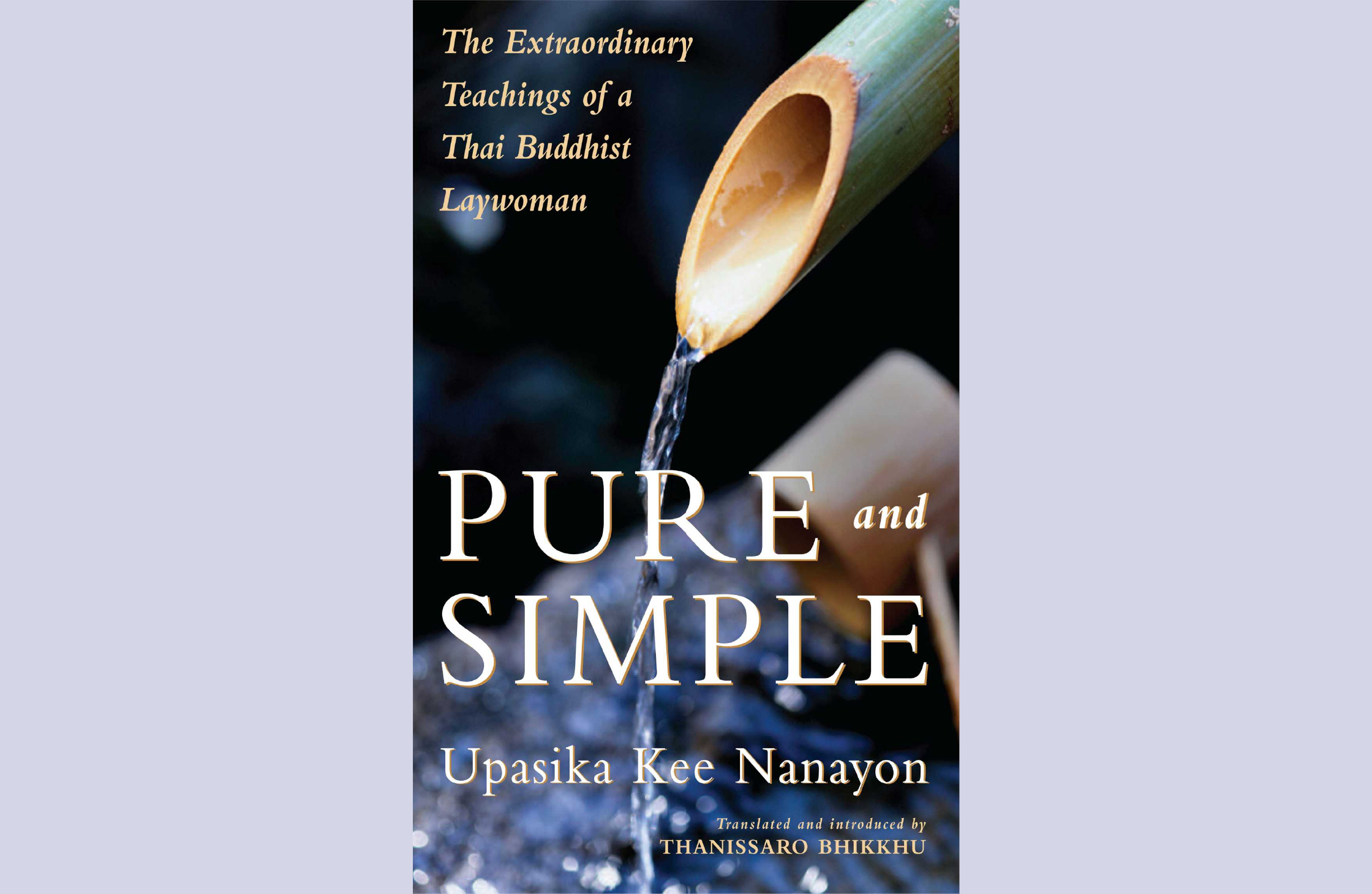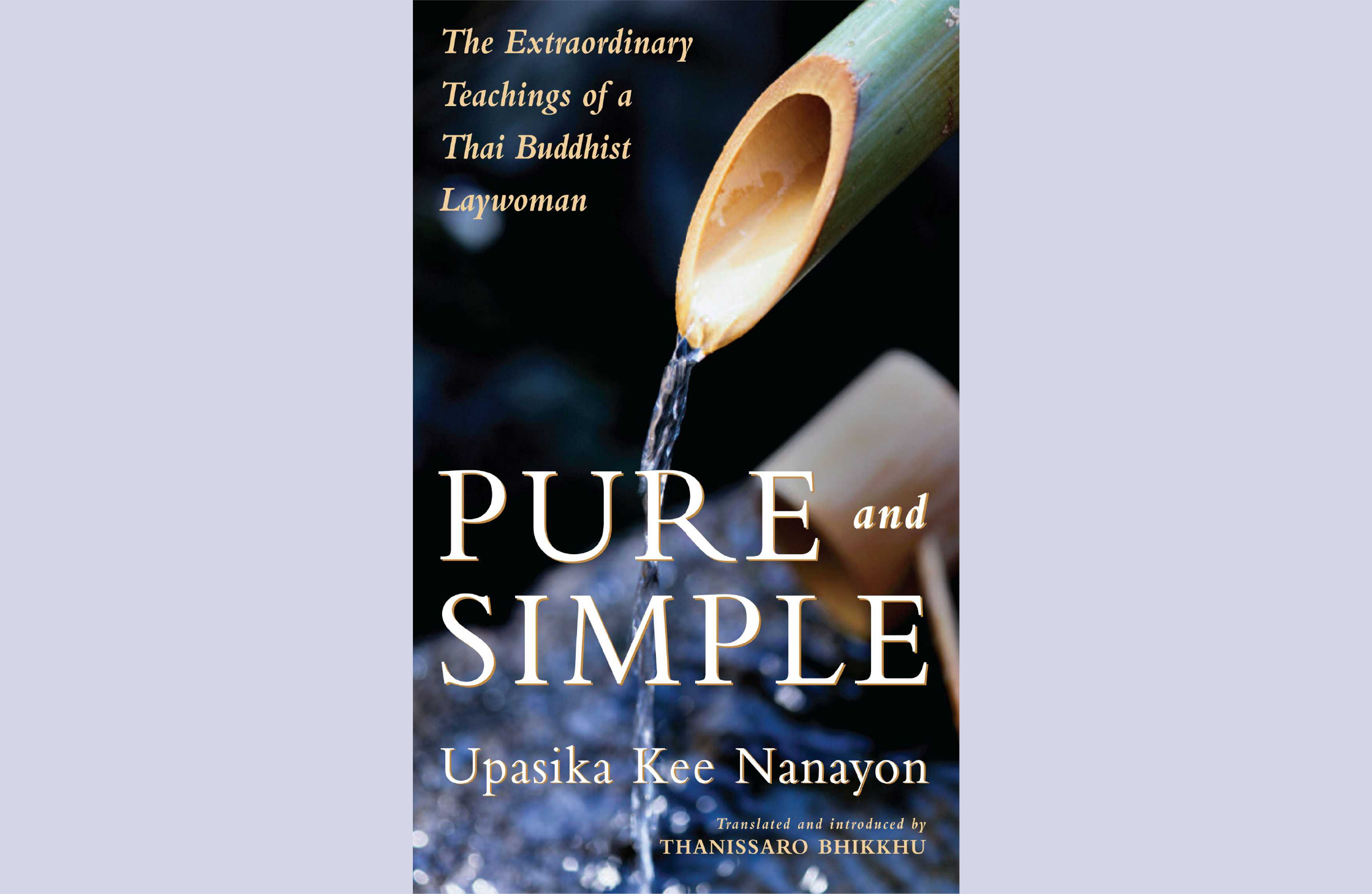6 Calming Tips for How to Become More Mindful in Your Everyday Life
Discover the transformative power of mindfulness in every moment with insights from Upasika Kee Nanayon's 'Pure and Simple.' Practical wisdom for a mindful, fulfilling life. Embrace mindfulness today!

Finding moments of tranquility often seems like an unattainable goal. The hustle and bustle of our responsibilities, coupled with the ongoing distractions, make it challenging to cultivate a sense of inner peace. However, the profound teachings of Upasika Kee Nanayon, encapsulated in her book "Pure and Simple," offer us not just a fleeting glimpse but a practical roadmap toward mindfulness that can be integrated seamlessly into our lives. Unlike abstract theories, Upasika Kee Nanayon provides concrete tools that empower us to live with intention, presence, and clarity, transforming how we perceive and engage with the world.

1. Mindfulness Beyond Meditation
Upasika Kee Nanayon’s message is clear: mindfulness is not limited to the moments we spend in meditation. It is a dynamic and transformative practice that can be incorporated into the very fabric of our existence. The calmness that envelops us during a morning meditation can indeed be carried forward into the hustle of the day. She wisely says, "Meditation is not the only moment for mindfulness and being present - you can be mindful during every moment of the day."
Imagine this: as you wake up in the morning, instead of rushing into your day, take a few deep breaths. Feel the air filling your lungs, grounding you in the present moment. Carry this mindfulness as you go about your morning routine – preparing breakfast, showering, or simply sipping your coffee. Be fully present in these activities, engaging your senses and appreciating the simple joys they offer.
2. Embracing Mindful Living
Upasika Kee Nanayon's teachings urge us to approach every task with mindful awareness. Whether washing dishes, walking to work, or typing an email, be present. Feel the warm water against your skin, notice the sensation of your feet touching the ground, and be fully engaged in the words you type. This conscious presence not only enhances the quality of your work but also brings a sense of fulfillment to even the most mundane tasks.
3. Cultivating Mindful Habits
Mindfulness is not a one-time practice; it is a habit that can be cultivated and integrated into our daily routines. Start by setting aside a few minutes each day for formal meditation. Use this time to anchor yourself in the present moment, observing your breath and sensations without judgment. As you progress, extend this mindfulness to other activities. Whether eating, talking to a friend, or exercising, approach each moment with full attention.
As Upasika Kee Nanayon wisely said, "Mindfulness is not a remote, esoteric concept but a tangible, transformative practice that can be seamlessly woven into the fabric of our daily lives."
Additionally, consider incorporating mindfulness triggers into your day. These triggers can be simple cues that remind you to pause and be present. It could be the sound of a ringing phone, the sensation of washing your hands, or even opening a door. Use these triggers to take a moment, breathe, and reconnect with the present.
4. Overcoming Challenges with Mindfulness
Life is filled with challenges, both big and small. Upasika Kee Nanayon's teachings offer a practical approach to facing these challenges with equanimity. When faced with a difficult situation, instead of reacting impulsively, take a moment to breathe and observe your thoughts and emotions. Acknowledge them without judgment, allowing them to exist without being consumed by them.
This mindful approach provides you with the space to respond thoughtfully rather than react impulsively. It empowers you to make decisions with clarity and composure, leading to more positive outcomes in challenging situations.
5. Nurturing Relationships through Mindfulness
Our interactions with others play a significant role in our overall well-being. Mindfulness can transform how we relate to others, deepening our connections and fostering empathy. When engaging in conversations, practice active listening. Be fully present, giving your undivided attention to the speaker. Notice their words, tone, and body language, and respond with genuine interest and understanding.
Moreover, be mindful of your reactions during conversations. If you become defensive or agitated, take a moment to breathe and ground yourself. This pause lets you respond empathetically, fostering positive and respectful communication.
6. Mindful Self-Compassion
In pursuing mindfulness, it is crucial to extend the same compassion to yourself as you would to others. Acknowledge your limitations and imperfections without self-judgment. Treat yourself with kindness and understanding, especially in moments of self-doubt or failure. Remember that mindfulness is not about perfection but progress. Each moment of awareness, no matter how brief, is a step toward a more mindful and fulfilling life.
The Journey of Mindfulness
Upasika Kee Nanayon's teachings in "Pure and Simple" remind us that mindfulness is not a distant goal but a journey that unfolds in the present moment. By embracing the practical wisdom she offers, we can transform our lives, finding solace and mindfulness amid chaos. It is not a daunting task but a series of small, mindful steps that lead us toward a more centered and peaceful existence.
As you embark on this journey, remember that every moment offers an opportunity to practice mindfulness. Whether you're sipping your morning tea, conversing with a friend, or facing a challenge at work, approach it with awareness and presence. With each mindful breath, you are not just existing; you are truly living. So, embrace the practice of mindfulness in every moment, and watch as it enriches your life in ways you never thought possible.



